From Health Lab: Study defines key driver of aggressive ovarian cancer
By Anastazia Hartman | June 11 2025Story originally posted on Michigan Medicine Health Lab, written by Nicole Fawcett.
Study defines key driver of aggressive ovarian cancer
Researchers created a mouse model to understand how the gene CDK12 drives high-grade serous tubo-ovarian carcinoma and identify potential treatment approaches
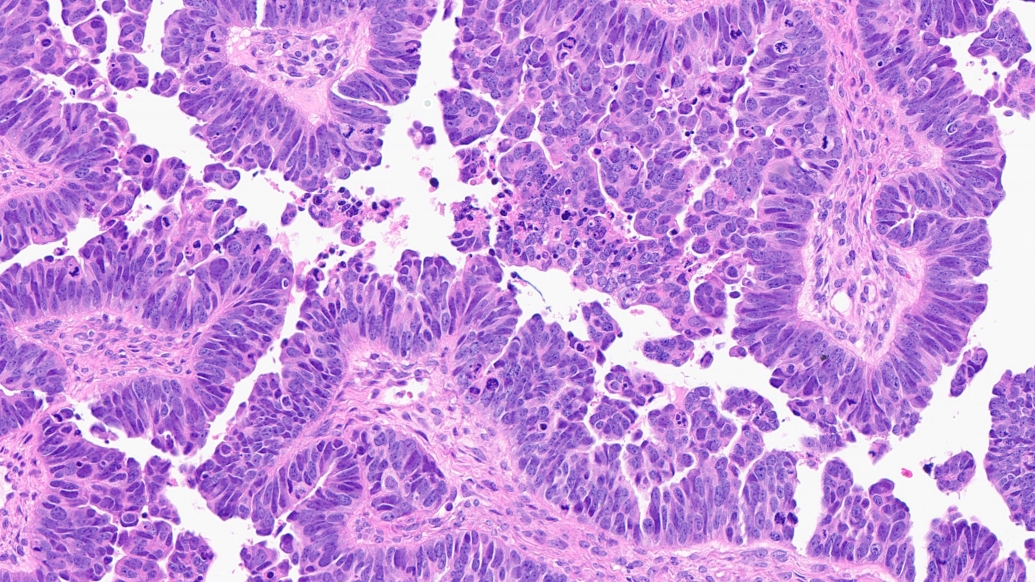
A study explains the genetic underpinnings of a rare and aggressive form of ovarian cancer – and offers a potential pathway for new treatments.
High-grade serous carcinoma, the most common type of ovarian cancer, usually begins in the fallopian tube, before spreading to the ovaries and other pelvic organs.
The cancer is typically discovered at an advanced stage and becomes resistant to current chemotherapies.
Its underlying genetics are complex, with multiple genetic alterations and instabilities. One of the genes involved is CDK12.
In this study, published in the Proceedings of the National Academy of Sciences, researchers from the University of Michigan Rogel Cancer Center report on a new mouse model that shows CDK12 acts as a tumor suppressor to drive high-grade serous carcinoma arising in the mouse oviduct – the equivalent of human fallopian tube.
A promising degrader targeting CDK12 and a related gene, CDK13, can destroy these tumors.
“This is the first demonstration of in a mouse model that CDK12 plays a tumor suppressor role in this type of cancer. When we inactivate CDK12, tumors grow a lot faster and the mice die sooner, showing that this is a more aggressive form of the disease,” said co-senior study author Arul M. Chinnaiyan, M.D., Ph.D., director of the Michigan Center for Translational Pathology and S.P. Hicks Professor of Pathology at Michigan Medicine.
The mouse model used in this work was crucial to the discovery.
It was based on a genetically engineered model previously created by Kathleen R. Cho, M.D., in which three genes known to suppress the development of high-grade serous carcinoma were deleted in the mouse oviduct.
Here, CDK12 was added for a quadruple inactivation of genes.
“It is very important to credential the model systems by showing they recapitulate key features of their human counterparts, a process that is also very time-consuming,” said co-senior study author Cho, Peter A. Ward Professor of Pathology, co-director of the Rogel Cancer Center’s cancer genetics program, and director of gynecologic pathology at Michigan Medicine.
“These features include not only cell of origin and appearance under the microscope, but also timing of tumor development, underlying genetics, acquired genetic alterations and gene expression profiles, tumor microenvironment (including the immune cell components) and other aspects of biological behavior,” she said.
The result here enabled researchers to see that in addition to fueling aggressive tumor growth, inactivating CDK12 triggered an immune cell response, recruiting immune T cells to the tumor.
Further, researchers identified a partner gene, CDK13, as a target for a degrader or inhibitor of CDK12.
A CDK12/13 degrader along with immune checkpoint inhibitors in the mouse model led to reduced tumor growth, suggesting a combination therapy could be effective in this subset of ovarian cancers.
“While there have been some improvements in the management of high-grade serous carcinoma, once patients become resistant to first-line chemotherapy, selection of other chemotherapeutic agents is largely guesswork. New treatments are sorely needed, as the overall survival of women with this cancer type remains quite poor,” Cho said.
Chinnaiyan’s team previously reported on similar findings in prostate cancer, demonstrating CDK12 as a key driver of aggressive disease.
CDK12 is known to play a role in about 7% of metastatic prostate cancers and about 3% of tubo-ovarian high-grade serous cancers. It has not been shown to be inactivated in other cancer types.
“The types of therapies that might be tried in ovarian cancer are different than prostate cancer. Here, we bring the two diseases together and show that CDK12/13 inhibitors or degraders should be considered in both these cancer types,” Chinnaiyan said.
Several CDK12/13 inhibitors are in development, including the compound the U-M team developed.
Researchers plan to further develop the CDK12/13 degrader with a goal of moving it to a clinical trial.
Note for patients: This work is preclinical and more research is needed. A CDK12/13 degrader is not currently available in clinical trials. For information on current clinical trials or questions about ovarian cancer treatment, call the Michigan Medicine Cancer AnswerLine at 800-865-1125 or visit www.rogelcancercenter.org/clinical-trials.
Additional authors: Jean Ching-Yi Tien, Yali Zhai, Rong Wu, Yuping Zhang, Yu Chang, Yunhui Cheng, Abigail J. Todd, Christina E. Wheeler, Shuqin Li, Rahul Mannan, Caleb Cheng, Brian Magnuson, Gabriel Cruz, Yizhi Cao, Somnath Mahapatra, Xuhong Cao, Fengyun Su, Rui Wang, Jianzhang Yang, Licheng Zhou, Yuanyuan Qiao, Lanbo Xiao, Marcin Cieslik, Xiaoju Wang, Zhen Wang, Jonathan Chou, Ke Ding
Funding: National Cancer Institute grants P50-CA186786, U2C-CA271854, R35-CA231996; National Natural Science Foundation of China; Department of Defense grant W81XWH-21-1-0458; Prostate Cancer Foundation
Disclosures: Patents for CDK12/13 degraders/inhibitors used here have been filed by the University of Michigan and Shanghai Institute of Organic Chemistry, with Chinnaiyan, King, X. Wang, Y. Chang and Tien as co-inventors
Paper cited: “Defining CDK12 as a Tumor Suppressor and Therapeutic Target in Mouse Models of High-Grade Serous Carcinoma,” PNAS. DOI: 10.1073/pnas.2426909122
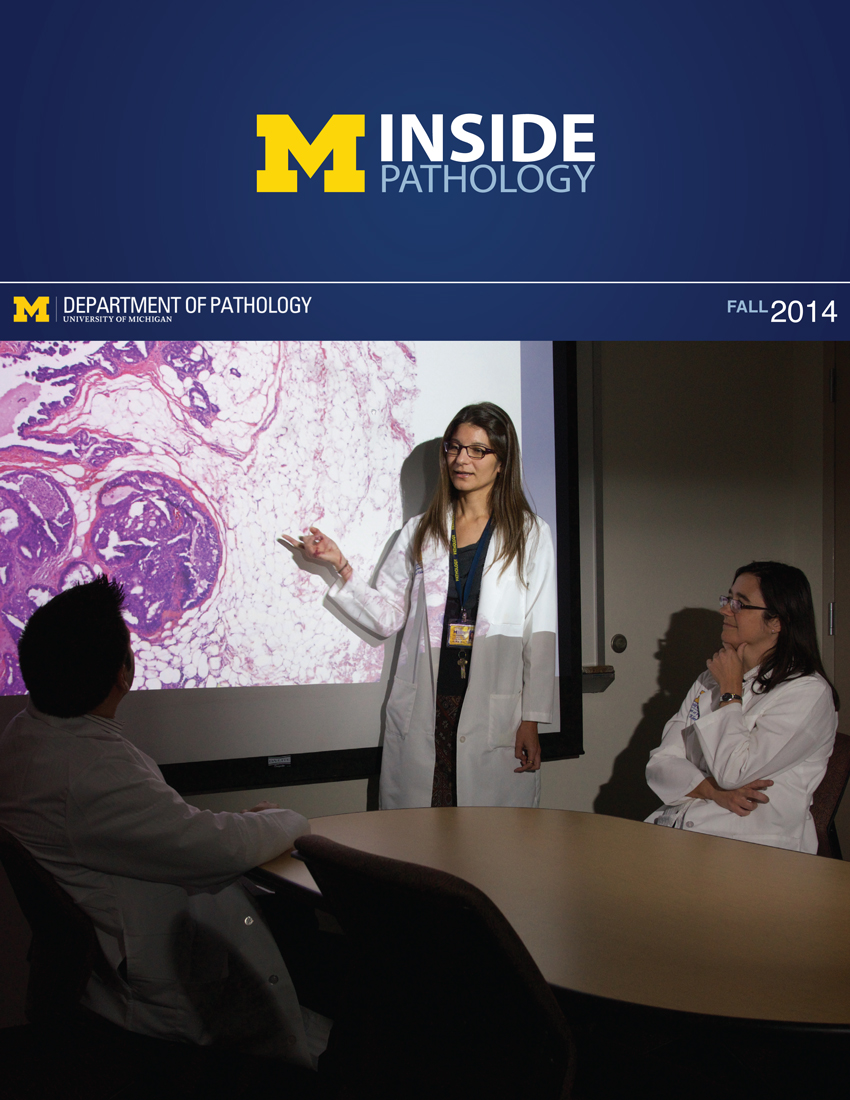 ON THE COVER
ON THE COVER
 ON THE COVER
ON THE COVER
 ON THE COVER
ON THE COVER
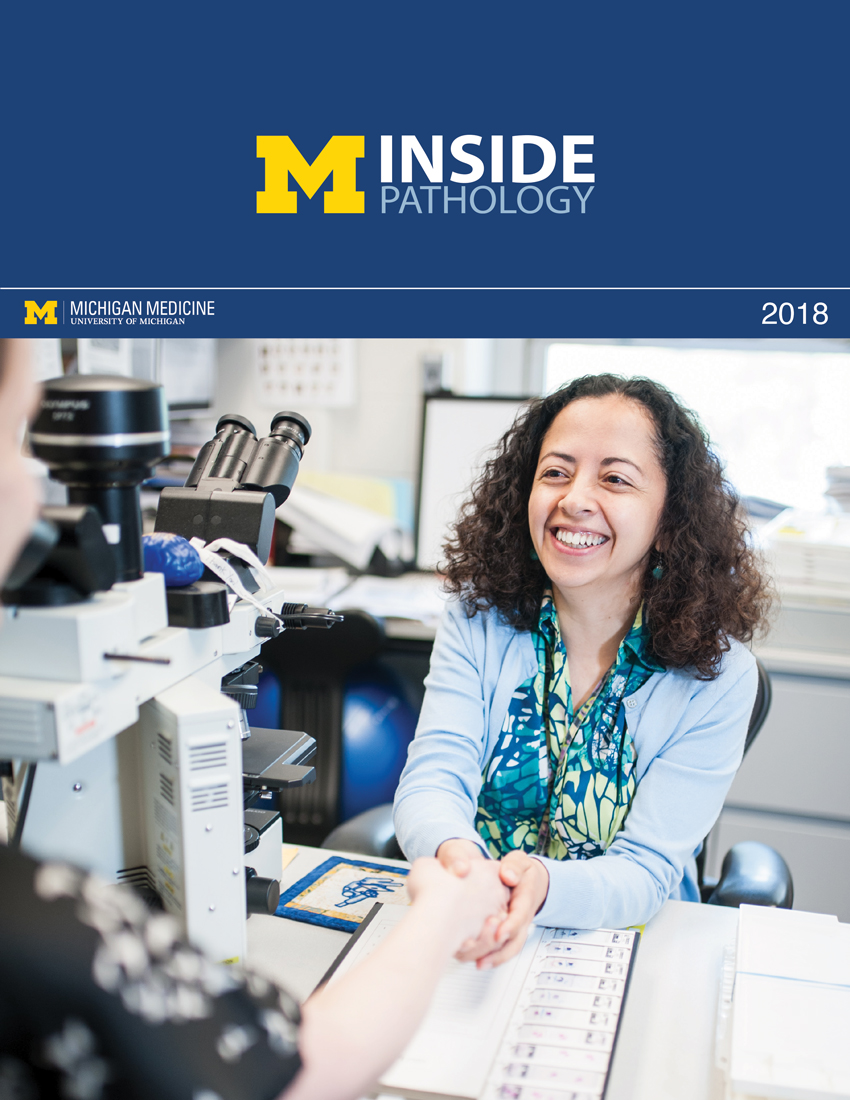 ON THE COVER
ON THE COVER
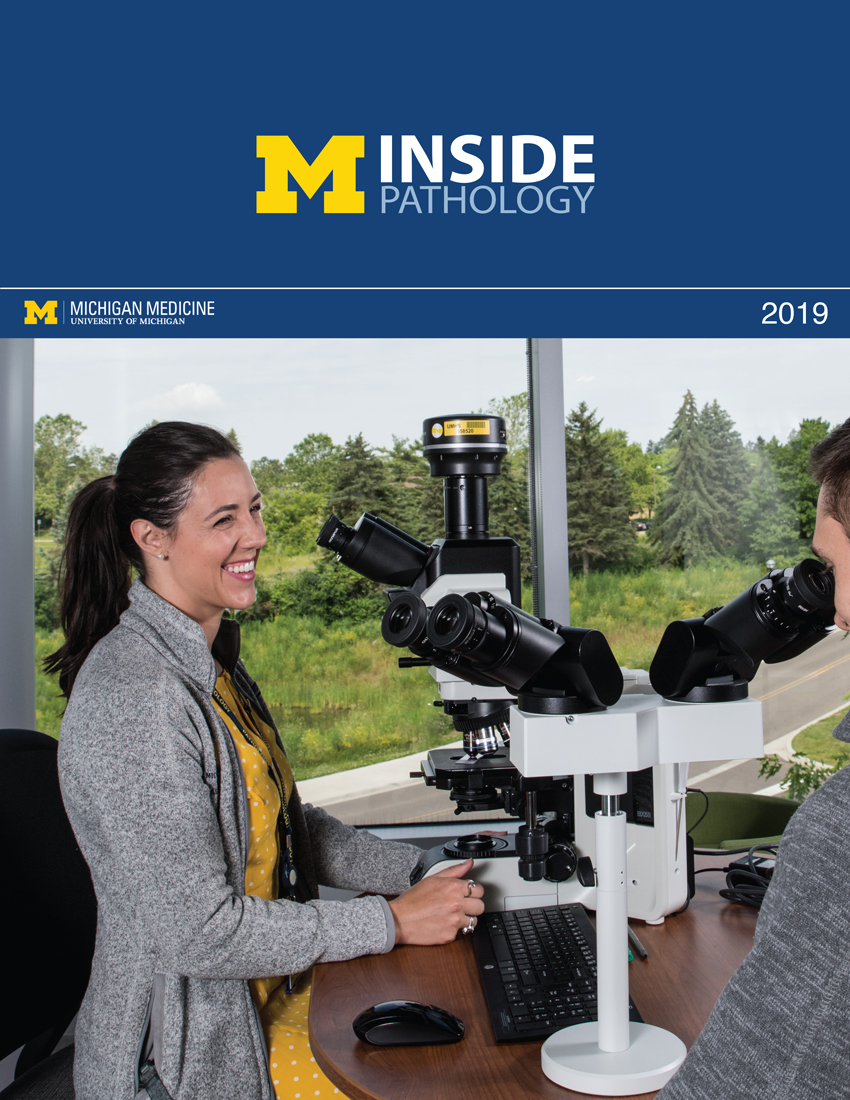 ON THE COVER
ON THE COVER
 ON THE COVER
ON THE COVER
 ON THE COVER
ON THE COVER
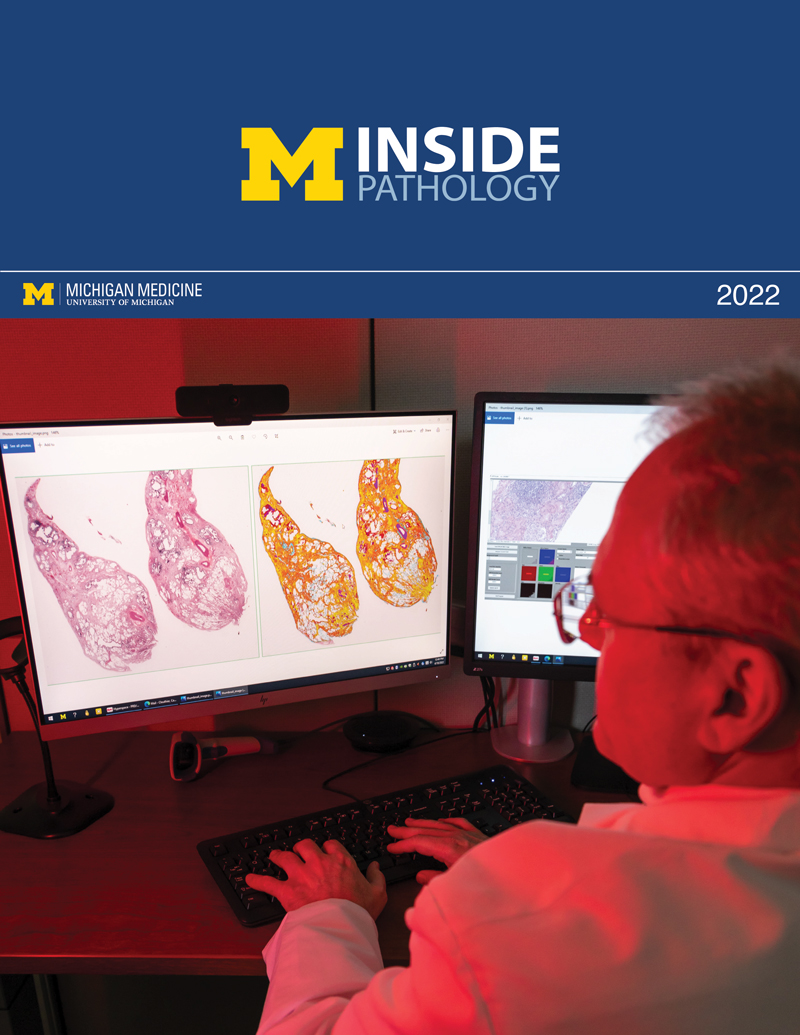 ON THE COVER
ON THE COVER
 ON THE COVER
ON THE COVER
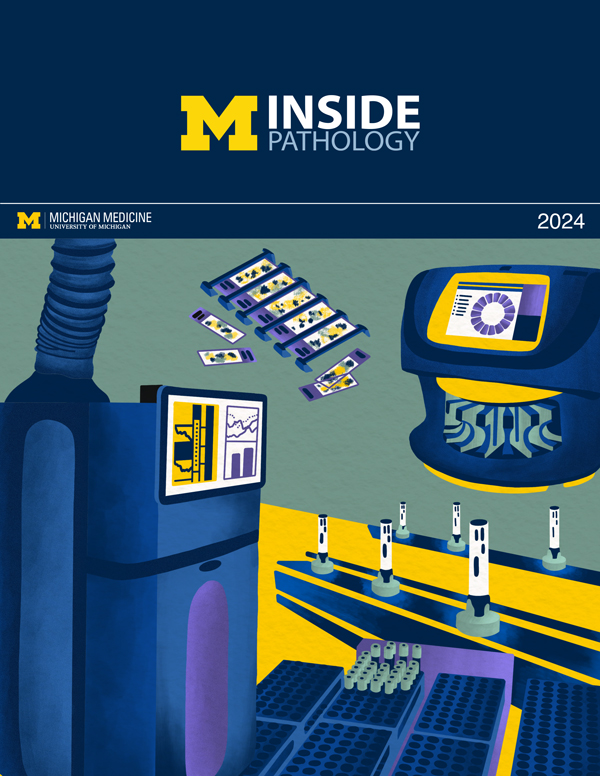 ON THE COVER
ON THE COVER
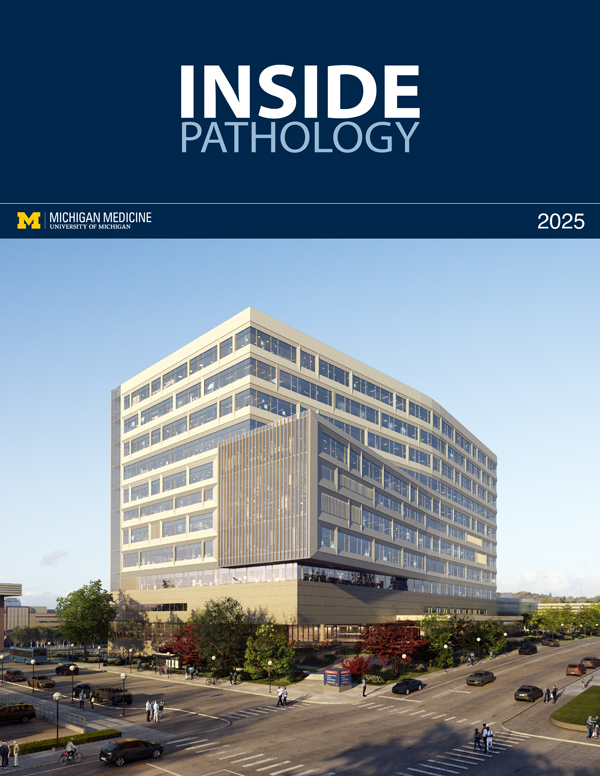 ON THE COVER
ON THE COVER
